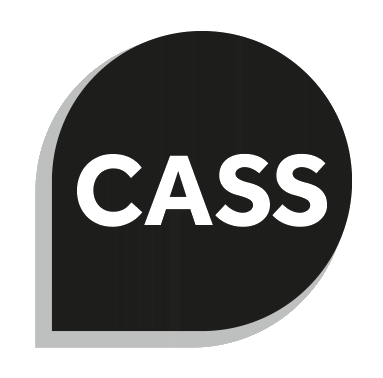-
25th Anniversary Conference for the Muslim News
I was honoured to attend the 25th Anniversary Conference for the Muslim News on the 15th September. The event was organized by the Society of Editors and the Daily Telegraph had provided the venue – the spectacular Merchant Taylor’s Hall in the City of London. The event began with a speech by the Bob Satchwell,…
-
CL2015 – Presenting for the First Time at an International Conference
In July 2015 I was lucky enough to give a presentation at the Corpus Linguistics 2015 conference at Lancaster University. This was my first time presenting at an international conference, and I was nervous but very excited. I thought I would use this blog post to elaborate on my experience of presenting at a conference…
-
#CL2015 social media roundup: Using Corpus Linguistics to investigate Corpus Linguists talking about Corpus Linguistics
Introduction Corpus Linguistics 2015 – CL2015 – is the largest conference of its kind and this year drew over 250 attendees from all over the world to present work outlining the state of Corpus Linguistics (CL) at large, leading-edge technology and methods, and setting the agenda for years to come. Of particular interest to me…
-
CASS PhD student in Moscow to attend the XVI April International Academic Conference on Economic and Social Development
I recently got the opportunity to travel to Moscow to attend the XVI April International Academic Conference on Economic and Social Development at the National Research University – Higher School of Economics (HSE). This conference covered a wide variety of fields including Sociology, Geography, and Technology, and, on the last day of the conference, there…
-
CASS affiliated papers to be given at the upcoming 5th International Language in the Media Conference
In two weeks, several scholars affiliated with the Centre will be heading south to attend the 5th International Language in the Media Conference, taking place this year at Queen Mary, University of London. We are particularly excited about the theme — “Redefining journalism: Participation, practice, change” — as well as the conference’s continued prioritization of papers on…
Search A Keyword
CASS Briefings

CASS: Briefings is a series of short, quick reads on the work being done at the ESRC/CASS research centre at Lancaster University, UK.
Recent Post
Tags
brazil claire hardaker elena semino islam Islamophobia learner language metaphor metaphor in end of life care paul baker spoken BNC2014 tony mcenery Trinity Lancaster Spoken Learner Corpus trolling twitter vaclav brezina
Categories
- Ambassadors
- Anatomy of a troll
- Applications of corpus linguistics
- Big data media analysis and the representation of urban violence in Brazil
- Blogs
- BNC2014
- Call for Papers
- CASS Affiliated Projects
- CASS Briefing
- CFIE
- Challenge Panel
- Changing Climates
- Comparable and Parallel Corpus Approaches to the Third Code
- Distressed Communities
- DOOM
- Events
- General
- Hate Speech
- Healthcare
- iCourts
- Jobs
- L2 language corpora
- Lancs Box
- learner corpora
- MA in Corpus linguistics
- Maritime Security and Piracy Discourses
- Media
- MELC
- MOOC
- News
- Newspapers
- Newspapers poverty and long-term change
- Post Event Summaries
- Research
- Spatial Humanities
- Spoken BNC2014
- Summer School
- Trinity
- Uncategorized
- Understanding Corporate Communications
- Urban violence
